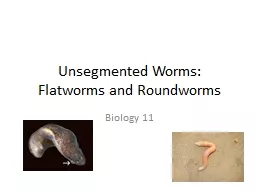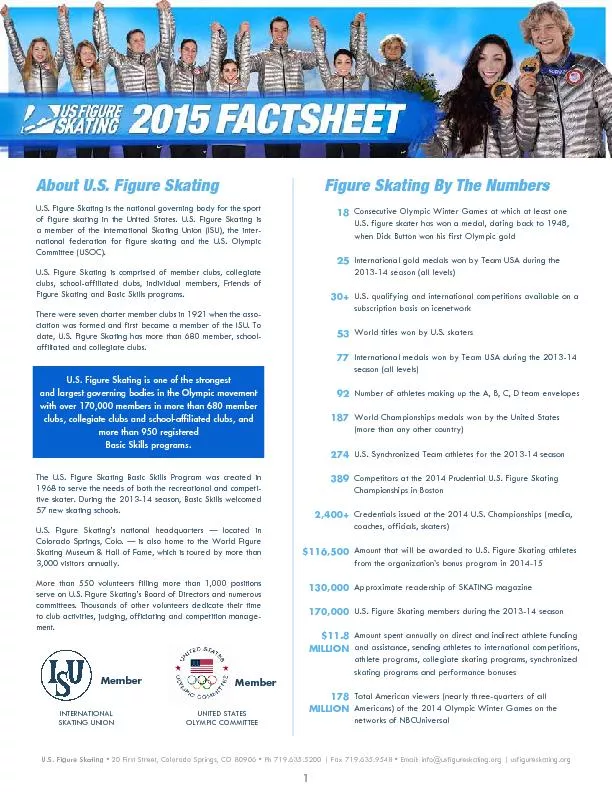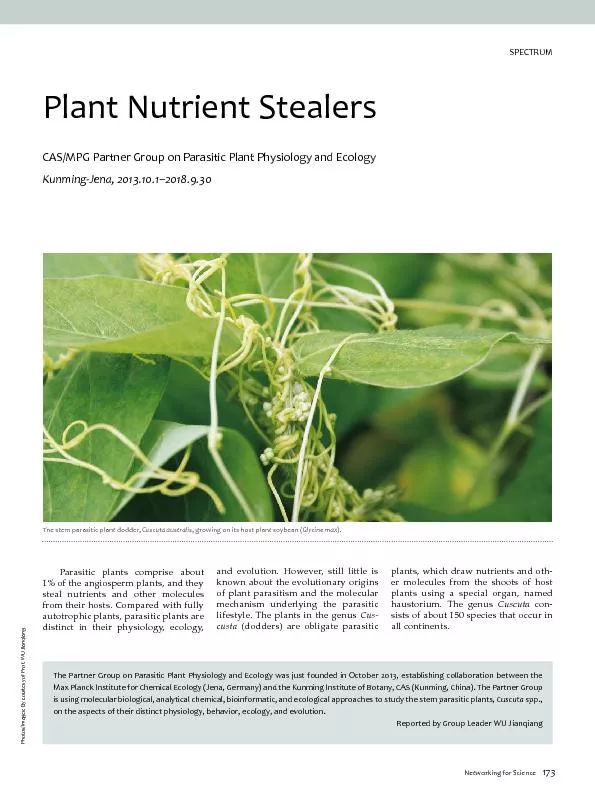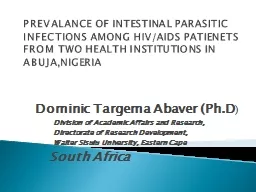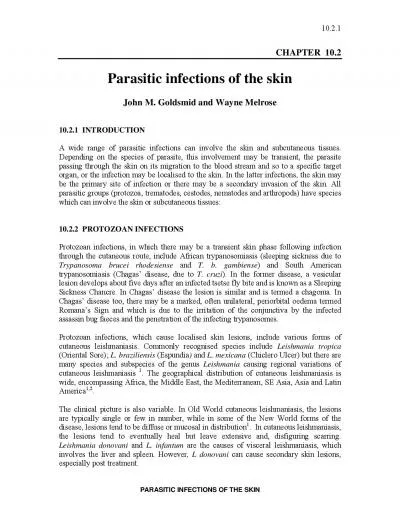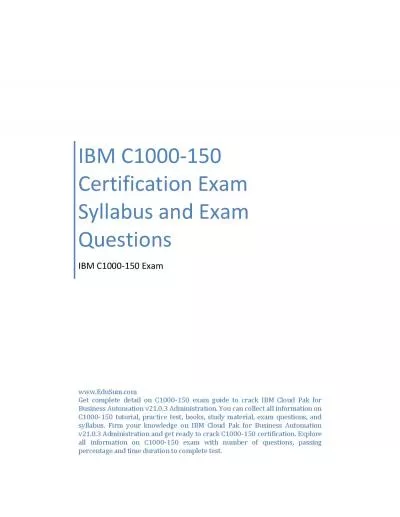PDF-Craniopagus parasiticus 150 a parasitic head protruding from tempor
Author : audrey | Published Date : 2022-08-25
Page 62 conferenceserie co m Volume 7 Issue 10 SupplGynecol Obstet Sunnyvale an open access journal International Conference onGynecology Obstetrics October 0204
Presentation Embed Code
Download Presentation
Download Presentation The PPT/PDF document "Craniopagus parasiticus 150 a parasitic ..." is the property of its rightful owner. Permission is granted to download and print the materials on this website for personal, non-commercial use only, and to display it on your personal computer provided you do not modify the materials and that you retain all copyright notices contained in the materials. By downloading content from our website, you accept the terms of this agreement.
Craniopagus parasiticus 150 a parasitic head protruding from tempor: Transcript
Download Rules Of Document
"Craniopagus parasiticus 150 a parasitic head protruding from tempor"The content belongs to its owner. You may download and print it for personal use, without modification, and keep all copyright notices. By downloading, you agree to these terms.
Related Documents



